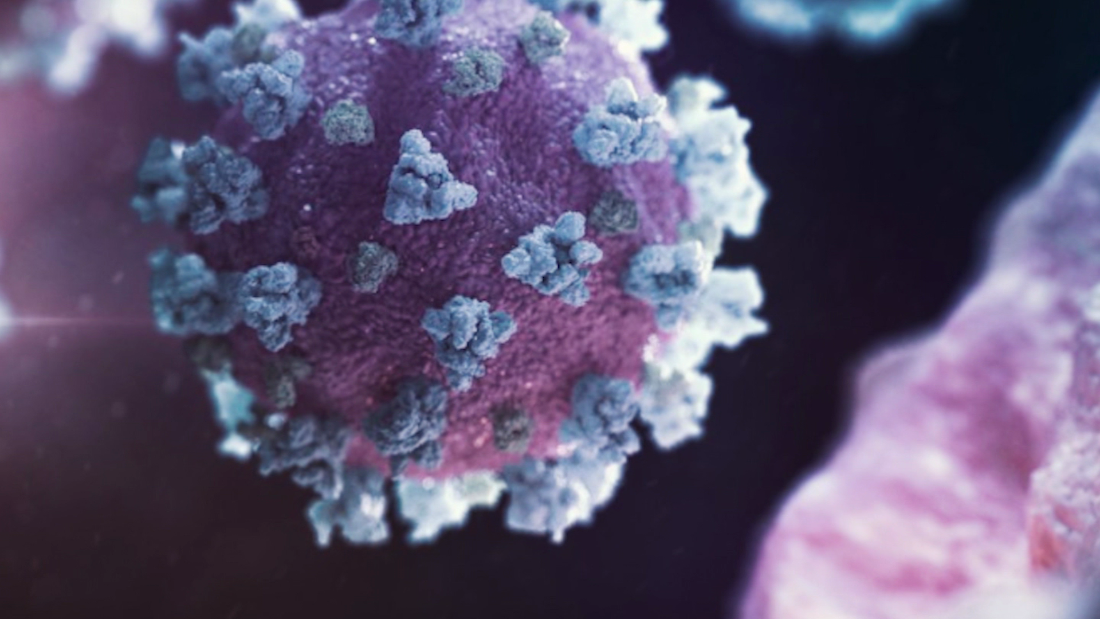
Research identified in Britain known as B.1.1.7 is also in the United States and models indicate it could worsen the already terrible spread of the virus across the country, CDC researchers said.
This means that people should put more effort into wearing masks, avoiding meetings, and staying socially distant from each other.
“It means it will be increasingly difficult to control it. Any of these measures that we will have to take to a higher degree, including vaccination,” Dr. Gregory Armstrong, who heads the Office of Advanced Molecular Detection of the CDC’s Respiratory Diseases Division, told CNN.
“Multiple lines of evidence indicate that B.1.1.7 is transmitted more efficiently than other variants of SARS-CoV-2,” Armstrong and colleagues wrote in the agency’s weekly report, MMWR .
“Variant B.1.1.7 has the potential to increase the trajectory of the US pandemic in the coming months.”
Efforts to vaccinate people, already slower than the federal government expected and promised, must be intensified, the CDC said.
“Greater vaccination coverage may need to be achieved to protect the public,” the researchers wrote.
The virus has already infected more people in the US and killed more than in any other country. By Friday afternoon, according to Johns Hopkins University, the virus had been diagnosed in 23 million people in the U.S. and killed more than 390,000.
Variant B.1.1.7 seems to infect human cells more easily, which would help it infect more people.
It has been detected in about a dozen U.S. states, but the CDC also knows that surveillance is deficient and probably much more common than that. It is also possible that the mutation pattern that makes the virus more transmissible arises independently as it circulates to people, as the more people are infected, the more likely the virus is to mutate.
The CDC team made an experimental model to see what could happen in the near future. It is not known how much more transmissible B.1.1.7 is, nor is it known how much immunity already exists in the American population due to previous infections, so the team made some assumptions. In one scenario, the new variant is 50% more infectious than the current dominant variants circulating.
“In this model, the prevalence of B.1.1.7 is initially low, but because it is more transmissible than current variants, it shows rapid growth in early 2021, becoming the predominant variant in March,” he said. write the CDC team.
“If this behaves as it has so far in the UK, Denmark and Ireland, yes, it will become an increasing proportion of all the cases there are regardless of what we do,” Armstrong said.
“That doesn’t mean cases will necessarily increase,” Armstrong added. “That doesn’t mean we can’t do anything.”
The new variant does not appear to result in higher hospitalization rates or mortality rates, he noted.
“While there is a high probability that this will become an increasing proportion of all cases, if we get people to adhere more to the recommended measures, there is no need to increase the number of cases,” Armstrong said. dit.
In addition, the CDC needs to do more to monitor new variants and their emergence.
“CDC has also contracted with several large commercial clinical laboratories to rapidly sequence tens of thousands of positive SARS-CoV-2 copies each month and has funded seven academic institutions to conduct genomic surveillance in collaboration with health agencies. public, which substantially adds to the availability of timely genomic surveillance data from across the United States, ”the team wrote.
The CDC is also pending a variant that was first seen in South Africa and is now called B.1.351, as well as one in four travelers from Brazil when they landed in Japan, called B.1.1. 28.
“These variants carry a constellation of genetic mutations,” the CDC team wrote.
Concerns are that the virus may change in ways that help it evade vaccination-induced immunity or introduced immunity with antibody-based treatments. New coronavirus vaccines are designed to be quick and easy to change to match the new circulating strains, but a major change would mean that people should be vaccinated again.
It is also possible that some of the changes make it more difficult to detect the virus in standard tests.
And the CDC is also concerned that if the virus changes the right way, it could re-infect people who have already recovered from the coronavirus. The flu already does.